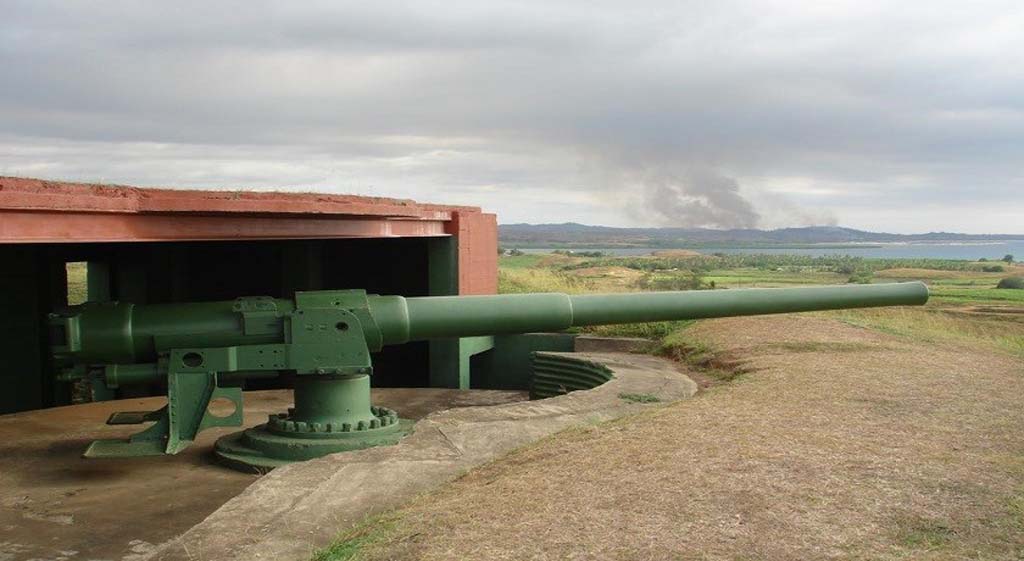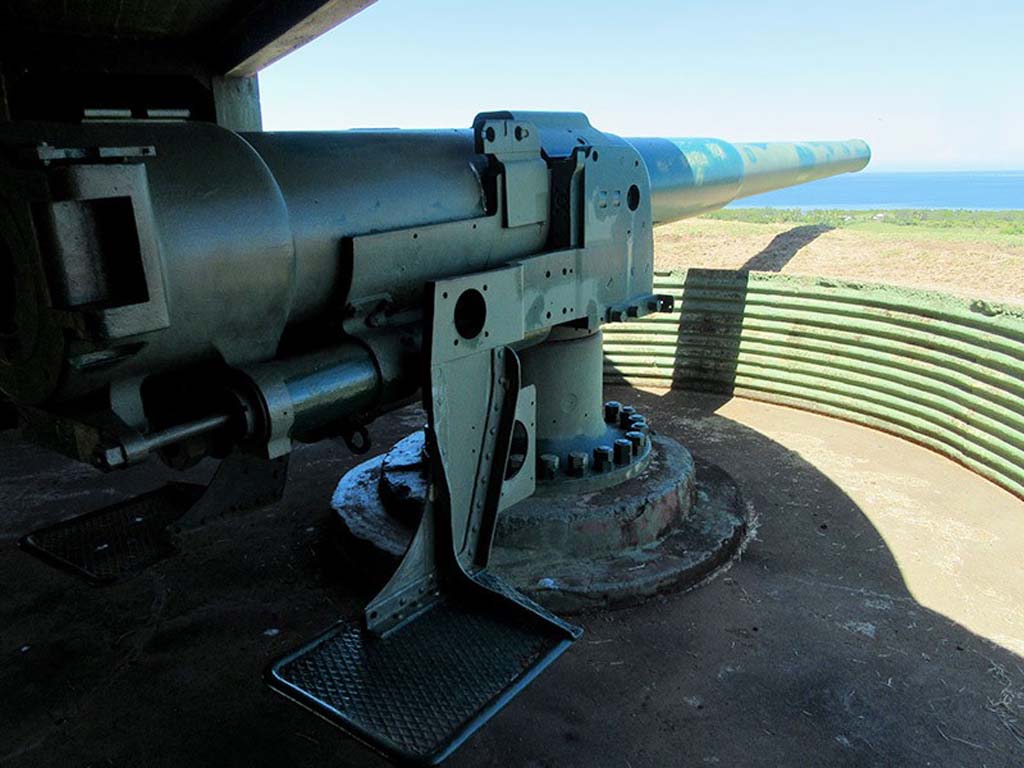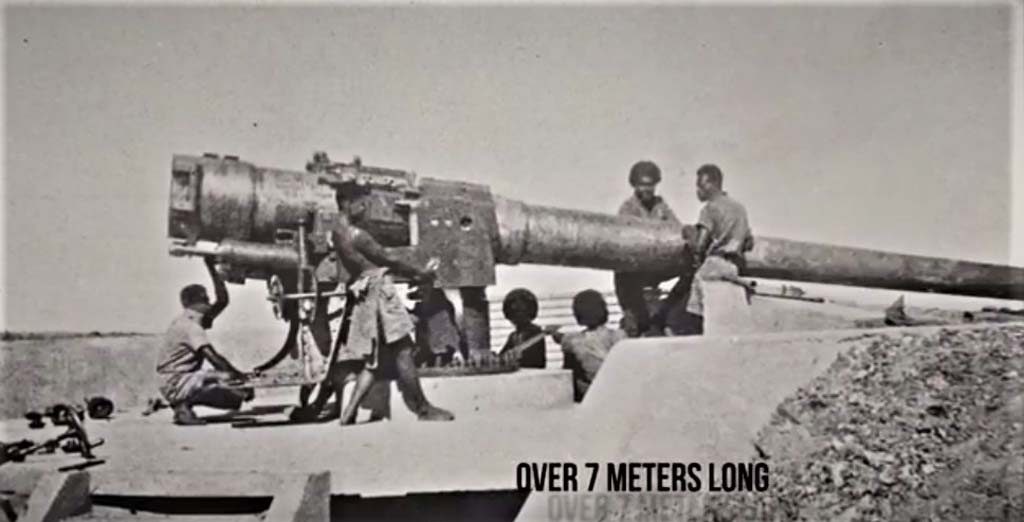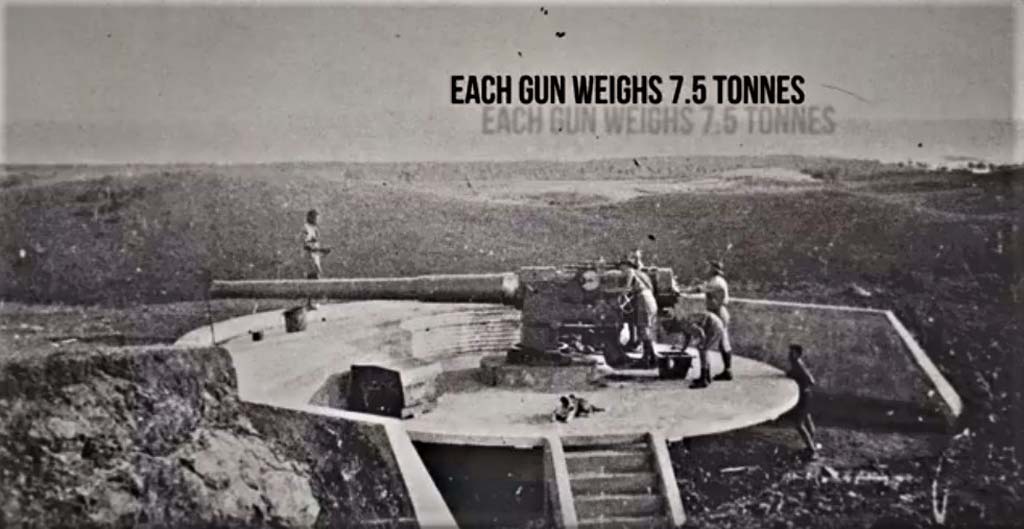Momi Bay Battery Historical Park
Momi Bay Historical Park contains several gun emplacements which were used during World War II to defend against possible attacks to the mainland of Viti Levu.
Last updated on 06 Jun 2025





Timeline
1940
The Momi Battery was one of six batteries in the country. It was tasked with defending the Navula passage in World War II which was considered the primary entry point for Japanese enemy forces during a coastal invasion. It was close to a deep water passage and the strategically important airstrips at Nadi and the port of Lautoka.
In October 1940 the soldiers of the Fiji Defence Force started preparing sites for the 6-inch guns with the help of the Public Works Department and locals from the Momi area. A bulldozer was used to stabilise the foundation and the gun platforms were strategically placed on key positions on the hill.
1941
In April, the New Zealand Expeditionary Force assisted in the construction of the defence system and installed two 6-inch naval guns. They also trained the Fijian gunners. Materials for the site were transported on cane trains before a road was constructed to the site. The site contained an observation and command post, a fire control room, a rest room, two ammunition storage rooms, a ranger finder, a magazine room and two separate defensive bunkers for the guns. There were other outdated artillery pieces placed around the site, as well as barbed wire, defensive ditches, machine gun posts, searchlights, anti-tank guns and anti-aircraft guns. By May the guns were operational under the Namaka command.
1942
The 37th Division of the United States army arrived in June and the 129th Regiment took over manning the battery in October. They installed a sonar system to watch for possible incoming submarines.
That same year at least four Japanese Type B1 submarines made reconnaissance trips to Fiji. They were equipped with dismantled seaplanes which could be assembled and launched to conduct aerial reconnaissance.
1943
In April the 192nd Infantry Regiment and 246th Field Artillery Regiment took over manning the battery. In July the 283rd Coastal Artillery Battalion arrived. In November, under the command of Captain Andrew Grant, it fired a few shots into the sea after suspicious readings on the sonar system. It was to be the final time the guns were actively used during the course of the war.
1944
In February the site was closed due to the retreat of Japanese forces from the Pacific after their loss at the Battle of Guadalcanal in the Solomon Islands.
2017
The site was restored by the National Trust of Fiji and officially opened on 24 August. The eight cement structures were re-painted with the traditional camouflage design and a visitor information centre was erected.
References
Dirk, P. M. 1992. Apocalypse now? The Fate of World War II Sites on the Central Pacific Islands. CRM Bulletin: A National Park Service Technical Bulletin 15(2): 15-22.
Lal, B.V. 1992. Broken Waves: A History of the Fiji Islands in the Twentieth Century. University of Hawaii Press, Honolulu.
National Trust of Fiji, The Big Guns of Momi, Youtube, https://youtu.be/J-kqwhynrJI
Ravuvu, A. 1988. “Fijians at War”. South Pacific Social Sciences Association, Suva.
Trip Advisor, Momi_Bay_Battery_Historic_Park, https://www.tripadvisor.com/Attraction_Review-g612490-d3240252-Reviews-Momi_Bay_Battery_Historic_Park-Denarau_Island_Viti_Levu.html?m=19905